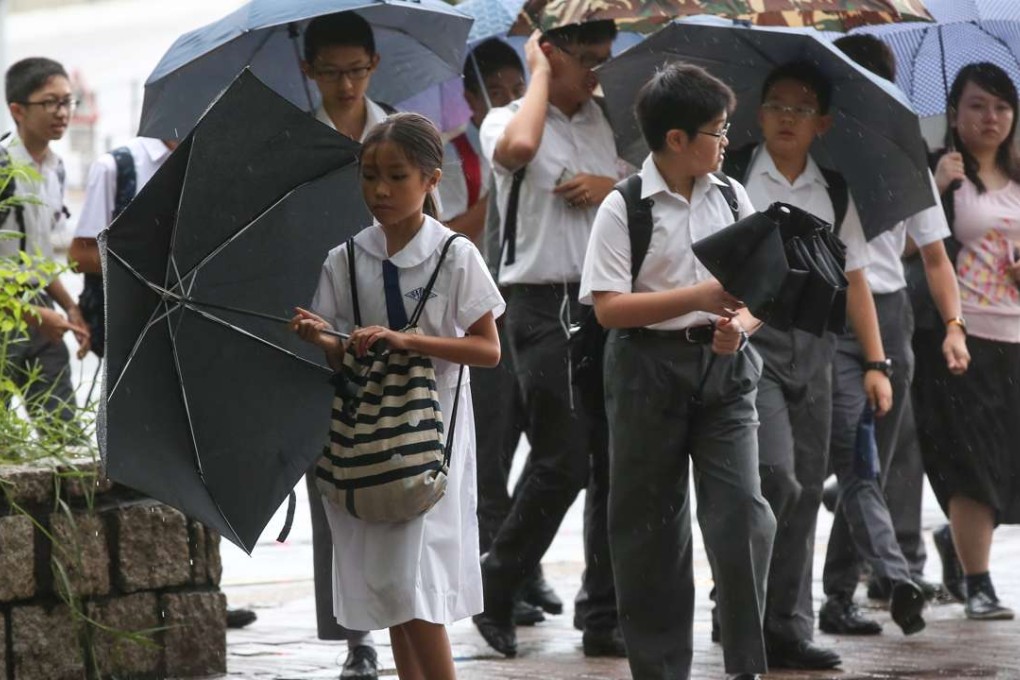How a fixed classroom structure can help children navigate the social jungle that is school
Juli Min says schools could benefit from adopting a hybrid system that encourages young students, particularly the less confident ones, to build lasting bonds with their peers and teachers

I remember my first day in a New Jersey middle school. I was an introverted 11-year-old, and my new school had five times more students than my primary school. That first day, I lost my way several times moving from class to class and, as I looked out into the sea of faces in the hallway, I despaired at the sheer number of strangers. How would I ever find friends?
American educators tout the benefits of moving students between classes, including regular exercise, flexible scheduling and the ability for a teacher to personalise a classroom. But, clearly, such a system rewards extroverted and confident students. For students who don’t have the social skills to navigate the maze of social hierarchies, the system can cause unnecessary stress.
In most East Asian public schools, teachers – not students – are the ones who move in and out of classrooms. Students stay put, in fixed seats with fixed classmates. Despite some shortcomings, such a system has at least one big advantage: fixed classes provide default social groups in which students forge deep bonds and that serve as psychological anchors.
Although a fixed classroom exposes students to a fewer number of schoolmates, the bonds they create may be more lasting.
Fixed classes provide default social groups in which students forge deep bonds
Though it is important to learn to meet friends independently, based on interests and activities, releasing 11- and 12-year-olds who hardly know themselves into a mass of 1,000 or more peers can create an environment of cliques, segregation and even dangerous alienation.
My husband, who attended a Shanghai high school before studying in the US, still counts his classmates as among his best friends. Everyone in the group has a nickname. Everyone knows everyone else’s parents’ names. Teacher to student, student to student, parent to parent, all bonds are incredibly close. With a default group of friends provided for, the anxiety students might feel finding and maintaining the “right” social group becomes energy that can be refocused on academics.